How Much Does a 3D Dental Scan Cost?
So, your dentist told you that you’re going to need a 3D dental scan before they can start on your life-change smile transformation. Whether you’re getting veneers or dental implants, this step in the procedure just sounds sophisticated.
Or, in other words— pricey.
But how much does a 3D dental scan cost, and do you have to pay for it out of pocket?
Why Digital Dentistry Advancements Are So Beneficial
Remember how, just 26 years ago, there wasn’t a cure for chickenpox? It was almost a right of passage for a young child. Anyone over the age of thirty can attest to the absolute torture of those small, itchy dots that took over your entire body.
In 1995, the CDC approved a vaccine for this nuisance. That’s why today, kids (and some adults) have been saved from ever having to experience this temporary, yet infuriating, event.
We’ve come a long way in the world of medicine, and that includes the dental world. Today, with digital dentistry, you’re saved from similar uncomfortable scenarios like chickenpox.
If this image makes you cringe, then you know exactly what we’re talking about:
Most patients can bypass those annoying teeth impressions now because we have 3D dental scanners. At Lasry Dental Clinic in Los Angeles, we use the high-end CBCT scanner. Other providers, such as Invisalign, use the Itero scanner.
But these fancy digital scanners do a lot more than help you get the best Invisalign trays. Some additional benefits of 3D dental scans are:
- They take less than 20 seconds;
- You don’t have to bite down on anything (unlike 2D scans);
- They’re safe for pregnant women;
- They’re detailed, giving dentists complete insights into any potential gum, bone, or nerve damage;
- It’s comfortable; all you need to do is sit!
RELATED: HOW MUCH DOES IT COST FOR A DENTAL IMPLANT?
What is a 3D Dental Scan?
A 3D dental scan is used in some dentist offices to get a 360-degree view of your teeth and gums. It can even snap images of the tissues, nerves, and bone structure inside your mouth.
And it’s all done in a matter of seconds.
The results are 3D images that can be reviewed digitally and are easily accessible by everyone in your dental network (oral surgeon, orthodontist, etc.). They’re on par with Cat scans, giving an almost unlimited view of your oral health.
There are several types of 3D scans. The two most popular are the Itero Scanner and a Dental Cone Beam Computed Technology (CBCT), which is what we use.
With this tool, we’re equipped to spot dental emergencies early. It also enables us to give you a more accurate treatment plan, which can end up saving you a ton of money.
But first, let’s talk about why you might need a dental scan. Then, we’ll break down when you might have to pay for it.
RELATED: DENTAL CROWN: PRICE, PROCEDURE, AND OPTIONS
How 3D Printing is Used in Dentistry
The best thing about 3D dental scanning is that it negates the need to make dental impressions. While these may still be necessary in some cases, these devices provide panoramic images that can help define your needs.
Your dentist will be able to see each tooth’s exact length, width, and height. This ultimately helps them get a (perhaps more) accurate custom fit for night guards, retainers, or Invisalign.
A better fit and no uncomfortable teeth impression clay in your mouth? Sounds like a win-win.
You might need a dental scan if you:
- Haven’t been to the dentist in over a year
- Need a root canal treatment
- Want dental implants or dentures
- Are in need of braces or Invisalign
- Need a tooth extraction
- May have gum or another form of dental disease
- Have jaw pain and need TMJ treatment
Is 3d dental scan safe?
Anything that’s high-powered, like a 3D dental scan, might cause concern for some patients.
What about the radiation?
Dental scanners emit less radiation than other traditional medical x-rays, ultimately making them safe for temporary exposure. This also makes it safe for pregnant women and those with metal implants.
What To Expect
When we call you in for your appointment, one of our lovely dental hygienists will lead you to our private room with the CBCT scanner. We’ll simply ask you to remove any jewelry, glasses, or hearing aids before we begin.
From there, they will ask you to sit in the chair and rest your head on the chin rest. Rest assured, our scanner is thoroughly sanitized in between patients to keep everyone safe. This scanner is also accessible for anyone with disabilities.
Once you’re comfortable, we’ll turn on the scanner, which will take a 360-degree spin around your head. The 3D scanner has two “arms” on either side to capture images of your teeth, gums, and skull from multiple angles.
In about 20 seconds, your scan will be complete! The hygenist will escort you to a patient room, where you’ll wait for your dentist to review the images (yes, it’s that fast).
Watch this video for an accurate representation:
RELATED: COMPOSITE BONDING COST, PROCEDURE, AND RESULTS
How Much Does a 3D Dental Scan Cost?
You’ve learned that these 3D scans can help minimize invasive treatments and potentially save you money— so does that mean you’re making up for it somewhere in your overall cost?
Not at all! In fact, these machines save us dentists money, which means savings on your end, too. It eliminates the need for impression materials, mailing costs, and drastically reduces our labor.
That’s why we’re offering FREE 3D dental scans for Lasry Dental Clinic patients who need a dental implant procedure.
The cost of a 3D dental scan runs at about $350-600 per session. But how much a 3D dental scan costs out of pocket depends on your insurance, your needs, and your dentist.
Some offices may offer free scans for first-time patients. Others, like us, offer free scans for specific services that might be considered cosmetic and not covered under insurance.
Are 3D dental scans covered by insurance?
Back in the day, we would send you to an imaging specialist to get a 3D cone scan of your teeth. Now that we can do it in the office, us dentists can code this service specifically for insurances.
If we’re conducting a dental scan to help with medical grievances, your medical insurance SHOULD cover you for the cost. However, if the scan is to treat a dental problem, you’ll need to refer to your specific dental coverage costs.
Thankfully, many dentists see this device as a necessary and standard start to dental care, and so, many dental insurance providers are providing reimbursements for a 3D dental scan.
Lasry Dental Clinic in Los Angeles
If you are looking for the best dentist in Los Angeles, California, you’re in the right place! We use the latest technology, including 3D dental scans, which are FREE for patients seeking dental implants (limited time offer). We also offer restorative, preventive, and cosmetic procedures.
Book an appointment now and read for our latest COVID-19 safety precautions.
NEXT: THE ONLY AT-HOME TEETH WHITENING PRODUCTS APPROVED BY THE ADA

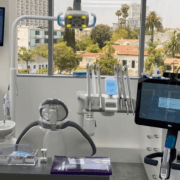
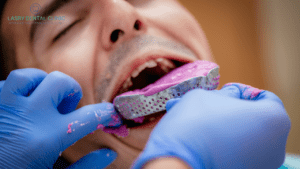
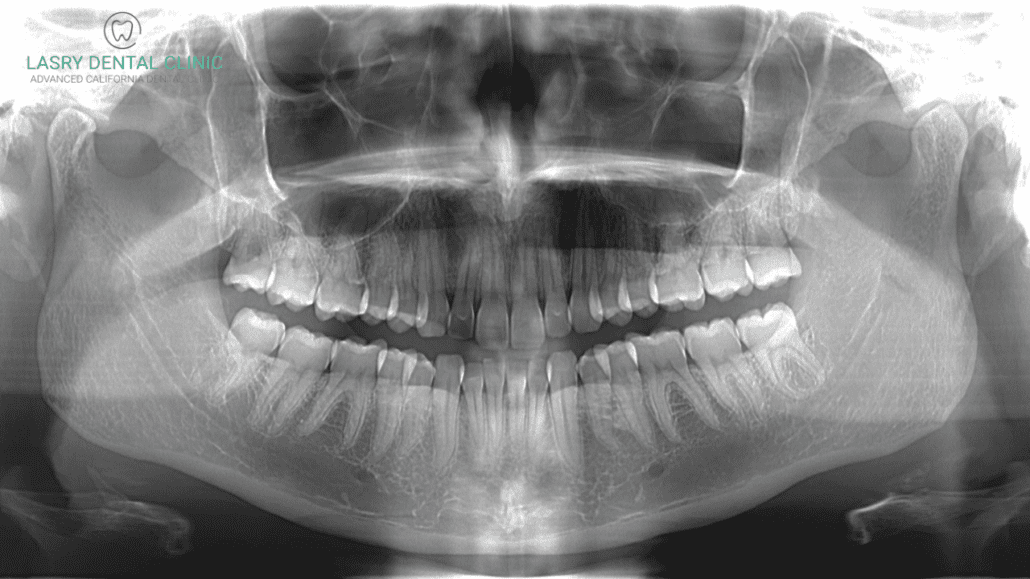
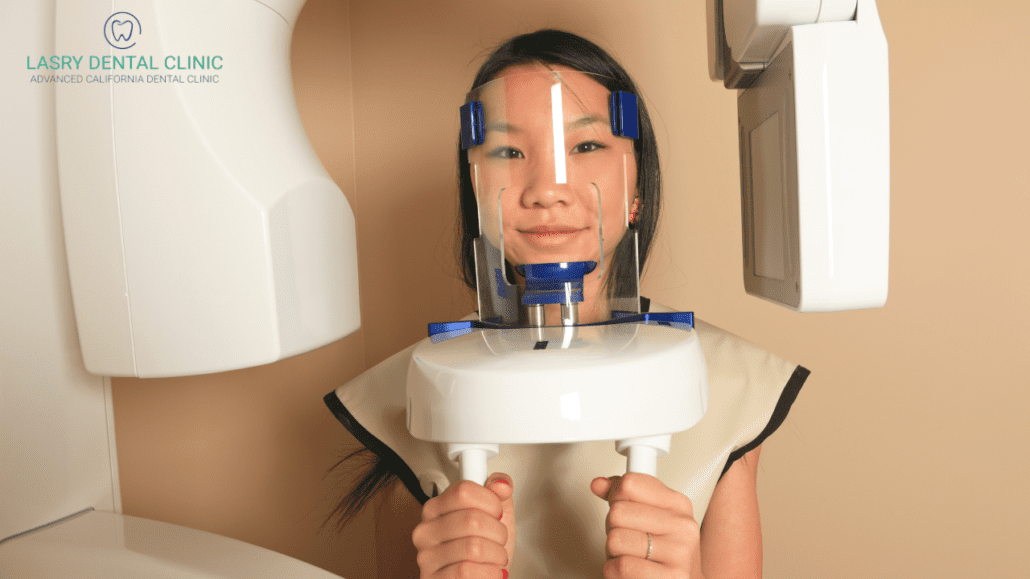
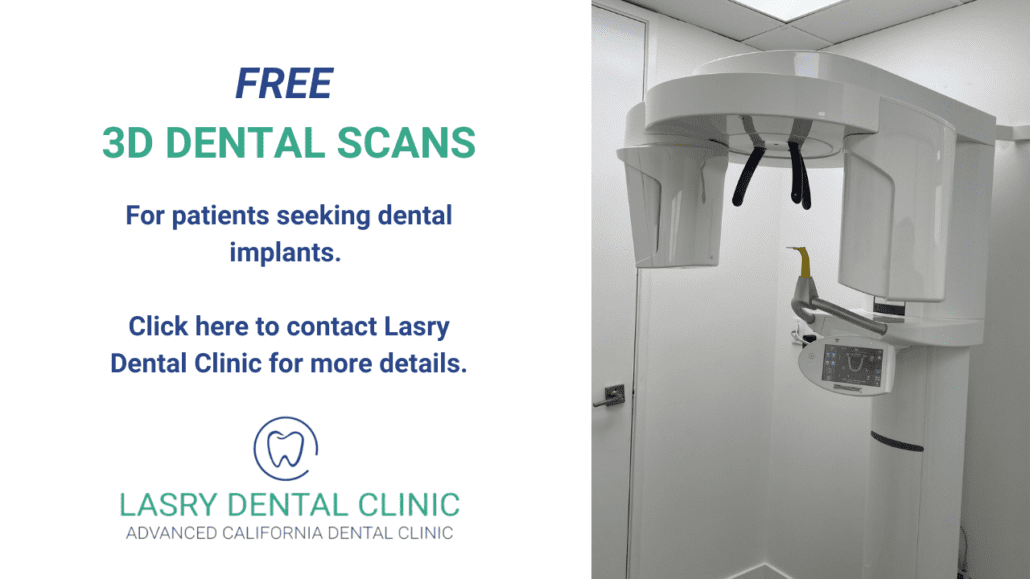
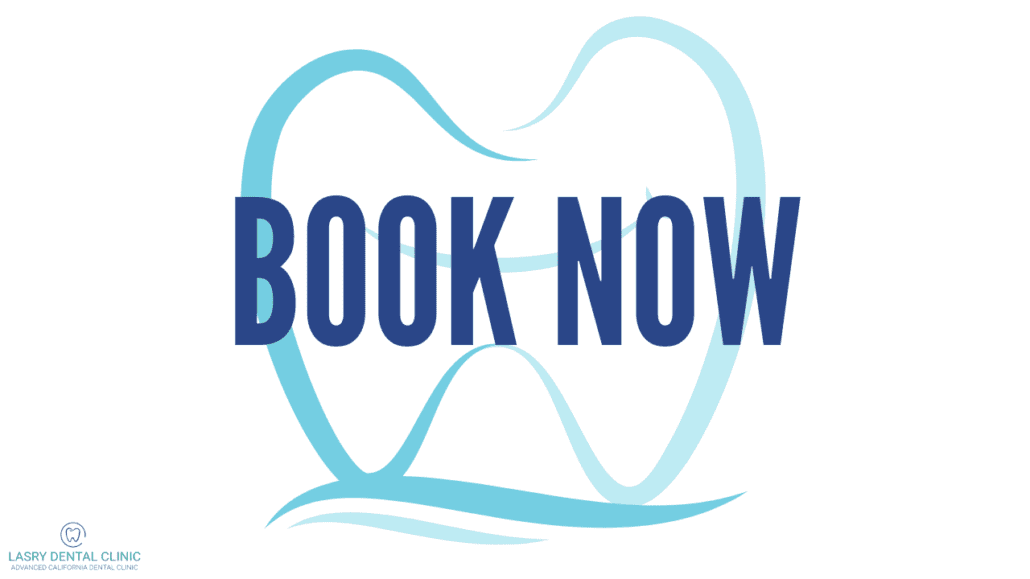


Can the scanner give the exact position of the upper on the lower teeth, of a bite ?
I just called the # for Lasry Dental Clinic. The gentleman that answered had never heard of CBCT. He was unaware of the Cone Beam xray unit . He had never heard of it! I thought i had the wrong # but he assured me i had contacted Lasry Dental Clinic in Los Angeles.
Then proceded to try and get me an appointment set up!
I really loved reading this article! 3D Scanning is such innovative technology with so many uses all the way from dentistry like shown and even engineering. Are there any downfalls that you may have seen from 3D scanning? I’m not aware of any but you might be able to list some.
It is a great blog post
thanks for share, Great helpful.
Hi-Tech presents one of the best cone-beam CT system is designed to reduce the amount of radiation a patient receives without compromising the exceptional picture quality it produces. The end result is a CT scanner that can do sophisticated cardiac imaging and a wide range of post-processing and diagnostic activities while yet maintaining a minimal radiation exposure for patients. To know more: https://hmiixraysales.com/equipment/ct-scanners/claris-v/